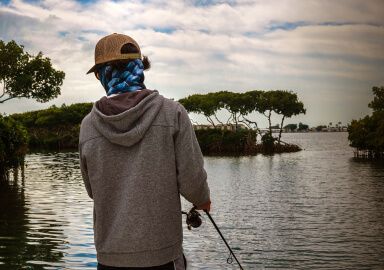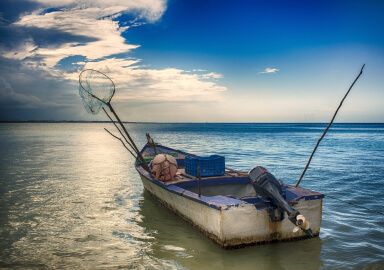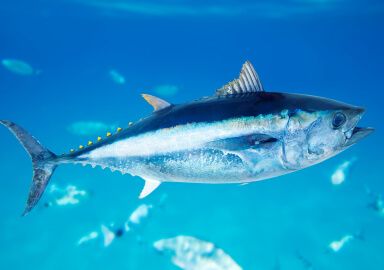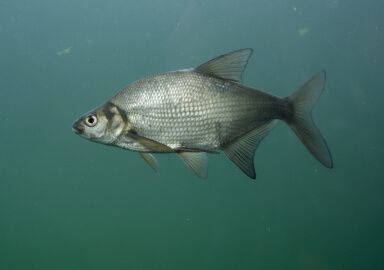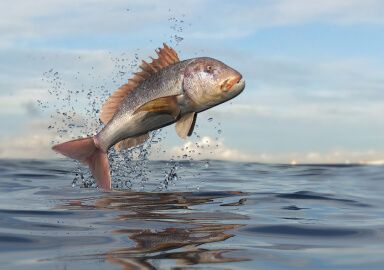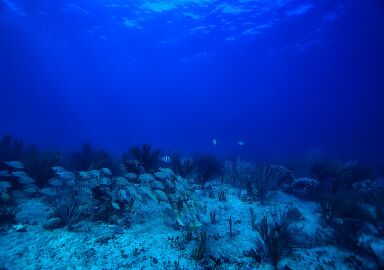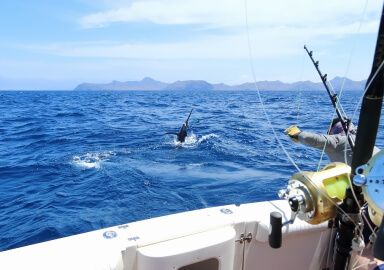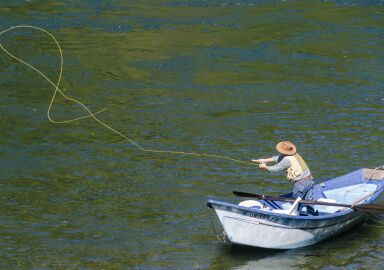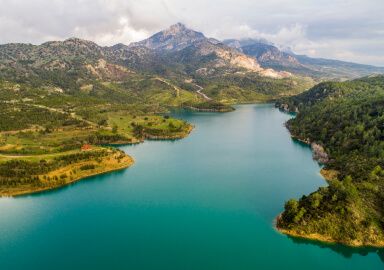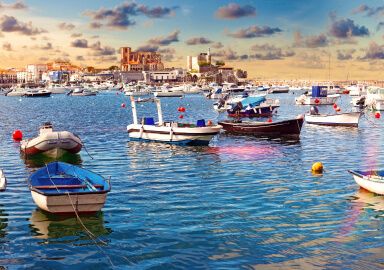Fishing in Gibraltar
At the gateway between the Atlantic and the Mediterranean, Gibraltar is a bottleneck for pelagics like bluefin tuna - and offers thrilling fishing just minutes from shore.
View 4 listings
4
listings
–
price starting from
10
fish species
–
to the nearest trip
About Gibraltar
Perched on the southern tip of the Iberian Peninsula, Gibraltar is a British Overseas Territory known for its towering limestone Gibraltar Rock, unique cultural blend, and strategic maritime position. But it’s also a hidden gem for saltwater anglers. Situated where the Mediterranean Sea meets the Atlantic Ocean, Gibraltar benefits from a natural funnel of marine life passing through the Strait of Gibraltar—making it one of the most dynamic fishing zones in Europe.
Before planning a visit to Gibraltar, check the visa requirements. As a rule of thumb, if you need a visa to enter the UK, you’re going to need one to enter Gibraltar, but there may be differences affecting citizens of certain nations. Bear in mind that you can also fish the area around the Strait of Gibraltar with a charter boat that operates from one of the Spanish or Moroccan ports nearby.
Despite its small size, Gibraltar boasts an active fishing community and a well-developed charter scene. Its marinas, particularly in the sheltered Bay of Gibraltar, are packed with boats offering short trips to deep, productive waters just minutes from the docks. The climate is Mediterranean, with warm summers, mild winters, and year-round access to the sea. The best time for a dedicated fishing adventure in Gibraltar is June-July, when bluefin tuna migration peaks, but anything from April to November is good enough, and inshore fishing goes on throughout the year.
Fishing Types
Gibraltar is exclusively a saltwater fishing destination, but within that realm, anglers can enjoy a variety of experiences: offshore big game fishing, reef and wreck fishing, light inshore spinning, and bottom fishing in the bays and deeper channels. The Strait of Gibraltar is renowned for its fast currents and steep drop-offs, which concentrate fish and allow for deep-sea fishing within close range of shore. The Bay of Gibraltar offers calmer waters ideal for shorter trips, often targeting species like bream, mackerel, and small tuna with light tackle. Meanwhile, the Atlantic side of the Rock allows for more adventurous offshore trips.
Targeted Fish Species
Gibraltar’s waters are home to a wide variety of Mediterranean and Atlantic species, with seasonal migrations offering some spectacular catches. Bluefin tunais one of the top draws, with large specimens moving through the Strait in summer and early autumn. Other pelagic fish, including swordfish, Albacore, bonito, and dorado (mahi-mahi) also pass through the Straightduring the warmer months.
Closer to shore, anglers can expect gilt-head sea bream, dentex, sea bass, amberjack, mackerel, and scorpionfish. Bottom fishing over reefs and wrecks yields conger eels, groupers, and snapper. During night trips or specific deep-sea excursions, swordfish and large sharks may be encountered, particularly in deeper offshore waters west of the Rock. The convergence of two marine ecosystems means there’s always something biting in Gibraltar.
Fishing Techniques
Gibraltar’s saltwater scene accommodates a wide range of techniques. The giant bluefin tuna is targeted by trolling with heavy tackle from larger boats. The default method is to troll with artificial lures at relatively high speeds, but slower trolling with natural bait is also on the table. This deep sea fishing technique is of course used to target other big game fish like dorado or swordfish. An alternative, and even more exciting way to target smaller (20-50 kg) tuna is to chase them with light, high-power boats, until you hit the area of feeding frenzy, and cast the lure into the thick of things. Fighting a 100-lb tuna with light tackle in a 20’ boat is one of the most thrilling experiences an angler can get. Spinning also works well for mackerel, seabass, and smaller predators. A variety of other techniques, from bottom fishing to drifting and jigging around reefs and wrecks can also be productive.

